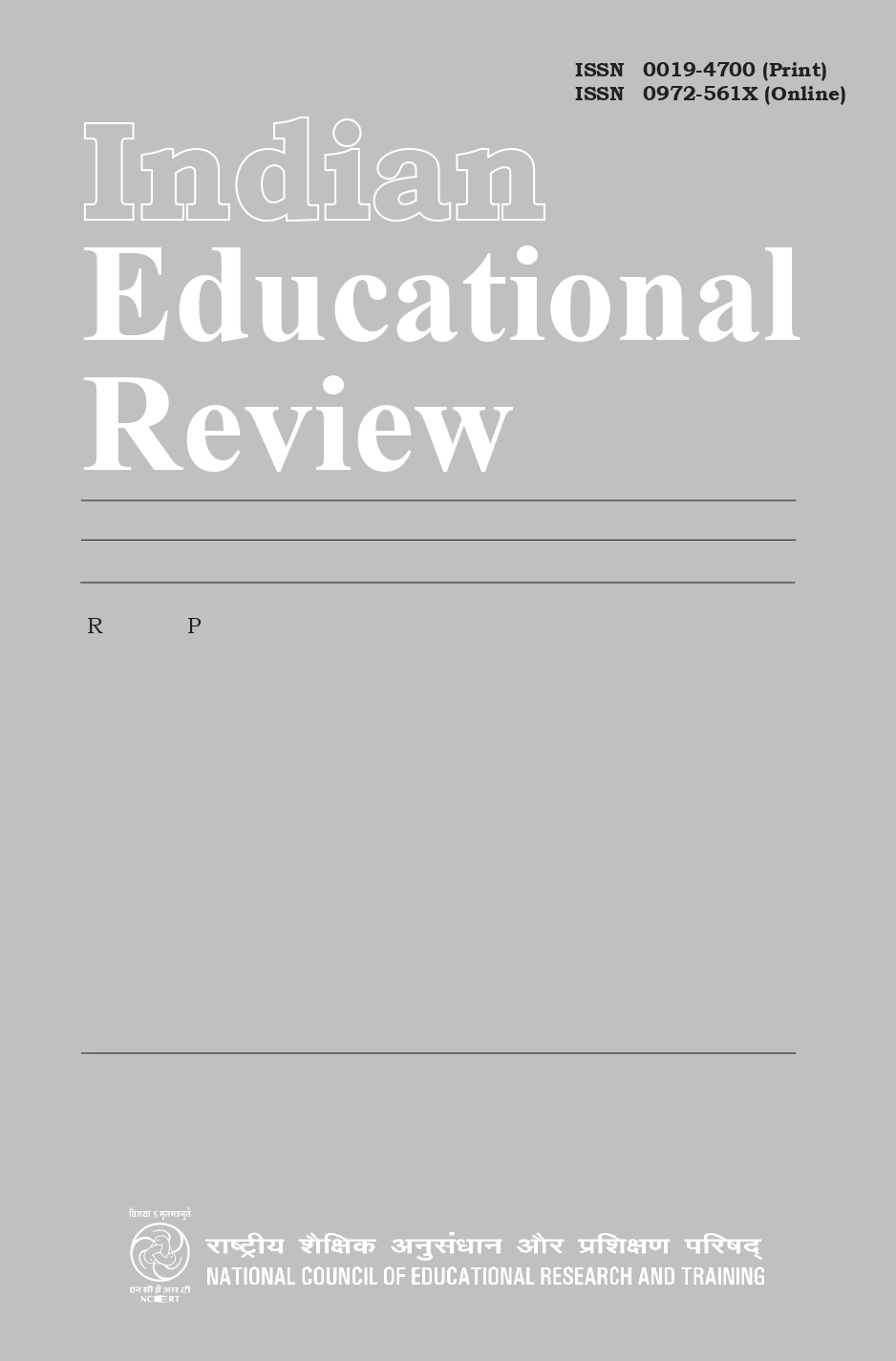Published 2024-12-20
Keywords
- 7th All India School Education Survey,
- Elementary Education
How to Cite
Abstract
Educational development is a multidimensional process. As a result, its impact cannot be fully captured by any single indicator. Educational development in different dimensions measured with the help of a number of indicators when analysed individually donot provide an integrated and easily comprehensible picture of reality. Such situation calls for using appropriate composite index, which can optimally combine development in different dimensions. Another issue is identification of indicators that are independent and collectively measure the educational prosperity of a State/UT. Broadly seven dimensions have been identified for this purpose. Some sub-components, which together reflect the main component/dimension, are also identified. The data of 7th All India School Education Survey (7th AISES) conducted by NCERT with reference date of 30th September 2002 has been used in this study. As the reference date coincides with the initiation of implementation of SSA interventions in many states, this work may serve as a baseline for assessment of SSA interventions. Data on the aspects which were not covered under the 7th AISES are taken from SSA, DISE and Achievement Surveys conducted by NCERT. A composite index is given by Narain et. al. while measuring socio-economic development of states in India was used in this study. On the basis of this index, various States and UTs were compared with respect to systemic quality in the field of elementary education. Kerala stands at No. 1 position when elementary education as a whole is considered. Though, Tamil Nadu is on top position at primary level education, very strong upper primary level education of Kerala pushes the state to fore front at elementary level. The states which are lagging behind at elementary level are Bihar, Jharkhand and Nagaland. The dimensions where these states are lagging behind are identified so that administrators put focused efforts in those weak areas.

